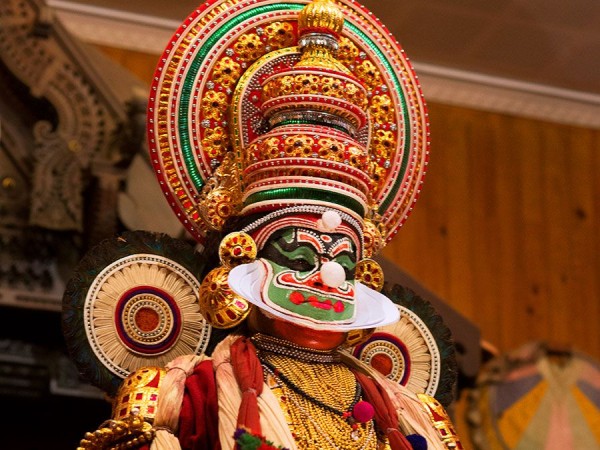Dance
舞蹈爱好者:Dance Dance Revolution 手机版舞蹈游戏 #生活乐趣# #运动健身乐趣# #运动APP#
Top Questions
What is dance?
What are the basic elements of dance?
What are some different styles or types of dance?
How has dance evolved through history?
What is ballet, and how did it originate?
What is choreography, and how is it important in dance?
How does dance differ across various cultures?
What role do dance competitions play in the performing arts world?
dance, is the movement of the body in a rhythmic way, usually to music and within a given space, for the purpose of expressing an idea or emotion, releasing energy, or simply taking delight in the movement itself.
Dance is a powerful impulse, but the art of dance is that impulse channeled by skillful performers into something that becomes intensely expressive and that may delight spectators who feel no wish to dance themselves. These two concepts of the art of dance—dance as a powerful impulse and dance as a skillfully choreographed art practiced largely by a professional few—are the two most important connecting ideas running through any consideration of the subject. In dance, the connection between the two concepts is stronger than in some other arts, and neither can exist without the other.
Although the above broad definition covers all forms of the art, philosophers and critics throughout history have suggested different definitions of dance that have amounted to little more than descriptions of the kind of dance with which each writer was most familiar. Thus, Aristotle’s statement in the Poetics that dance is rhythmic movement whose purpose is “to represent men’s characters as well as what they do and suffer” refers to the central role that dance played in classical Greek theatre, where the chorus through its movements reenacted the themes of the drama during lyric interludes.
The English ballet master John Weaver, writing in 1721, argued on the other hand that “Dancing is an elegant, and regular movement, harmoniously composed of beautiful Attitudes, and contrasted graceful Posture of the Body, and parts thereof.” Weaver’s description reflects very clearly the kind of dignified and courtly movement that characterized the ballet of his time, with its highly formalized aesthetics and lack of forceful emotion. The 19th-century French dance historian Gaston Vuillier also emphasized the qualities of grace, harmony, and beauty, distinguishing “true” dance from the supposedly crude and spontaneous movements of early man:
The choreographic art . . . was probably unknown to the earlier ages of humanity. Savage man, wandering in forests, devouring the quivering flesh of his spoils, can have known nothing of those rhythmic postures which reflect sweet and caressing sensations entirely alien to his moods. The nearest approach to such must have been the leaps and bounds, the incoherent gestures, by which he expressed the joys and furies of his brutal life.
John Martin, the 20th-century dance critic, almost ignored the formal aspect of dance in emphasizing its role as a physical expression of inner emotion. In doing so, he betrayed his own sympathy toward the Expressionist school of modern American dance: “At the root of all these varied manifestations of dancing . . . lies the common impulse to resort to movement to externalise states which we cannot externalise by rational means. This is basic dance.”
 Britannica QuizAnother Dance Quiz
Britannica QuizAnother Dance Quiz A truly universal definition of dance must, therefore, return to the fundamental principle that dance is an art form or activity that utilizes the body and the range of movement of which the body is capable. Unlike the movements performed in everyday living, dance movements are not directly related to work, travel, or survival. Dance may, of course, be made up of movements associated with these activities, as in the work dances common to many cultures, and it may even accompany such activities. But even in the most practical dances, movements that make up the dance are not reducible to those of straightforward labour; rather, they involve some extra qualities such as self-expression, aesthetic pleasure, and entertainment.
How Fred Astaire became a dancerAstaire's first screen test earned him a negative review: “Can't act, can't sing. Balding. Can dance a little.”
See all videos for this articleThis article discusses the techniques and components of dance as well as the aesthetic principles behind its appreciation as an art. Various types of dance are discussed with emphasis on their style and choreography. The history of dance in various regions is treated in a number of articles; see dance, African; music and dance, Oceanic; dance, Western; arts, Central Asian; arts, East Asian; arts, Islamic; dance, Native American; arts, South Asian; and arts, Southeast Asian. The interaction between dance and other art forms is discussed in folk dance.
网址:Dance https://c.klqsh.com/news/view/282964
相关内容
Shinedown: Dance, Kid, Dance TourDance Styles
250704 ILLIT - Do the Dance @ 音乐银行
foyou kisskiss dance 甜妹 cute
李柱延《KISS OF LIFE-Igloo》Cover Dance(feat.透视装)
#dance #精神状态belike#ootd#fyp
九年前的今天(160514),Tiffany- I Just Wanna Dance @ 音乐-中心
#dance #ootd #变装 #精神状态belike #fyp
Last dance!毕业mvp结算画面 硕士毕业
Lady Gaga新歌The Dead Dance亮相星期三第二季,伊妮德与艾格尼丝合跳

